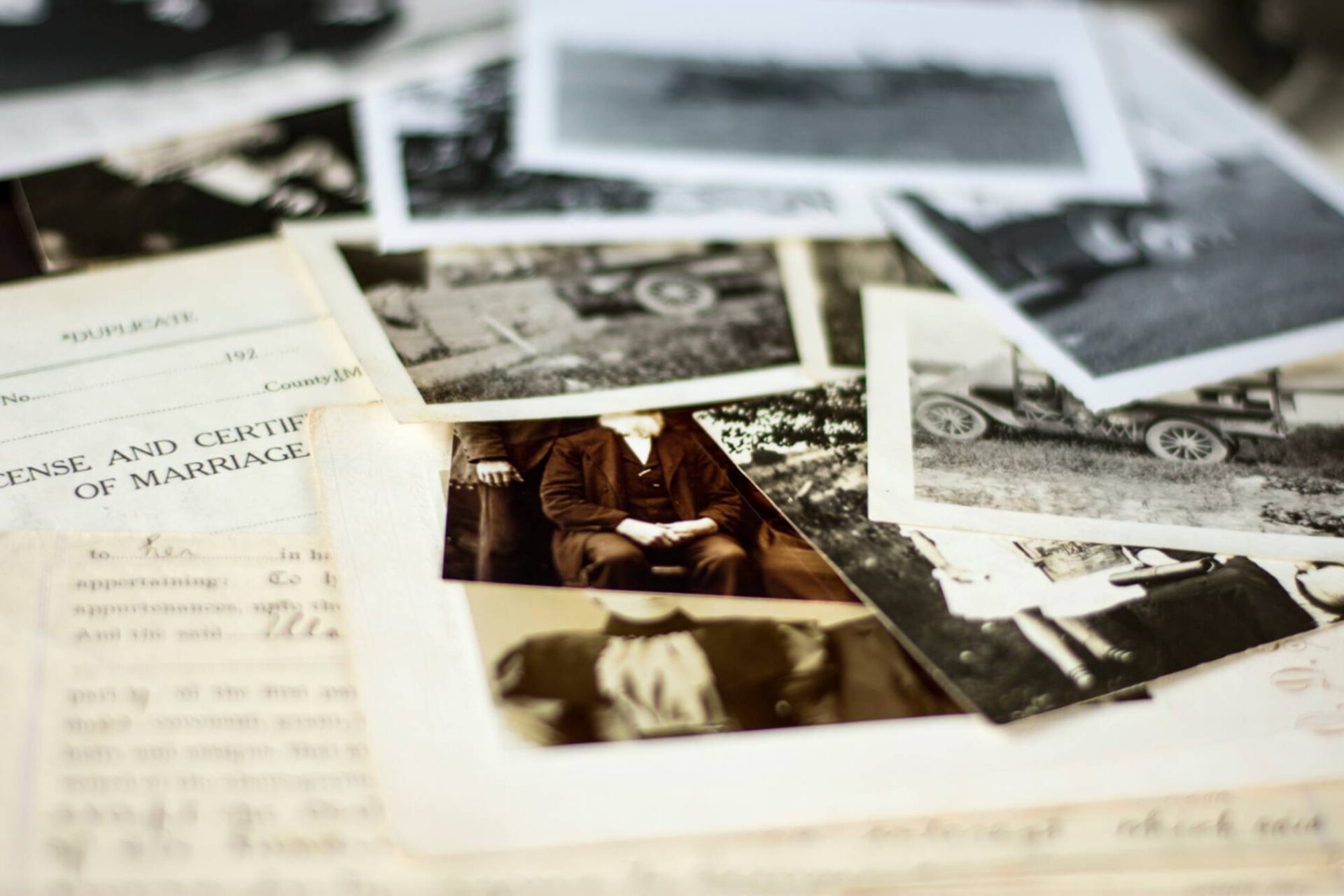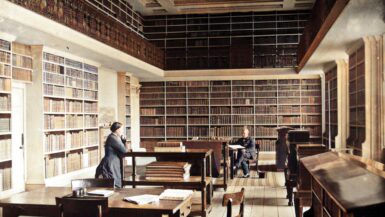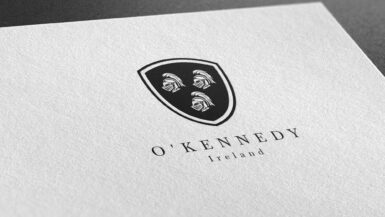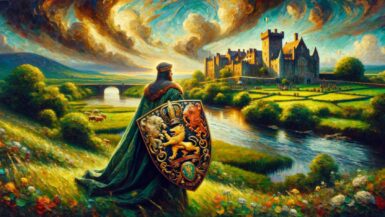Origin of the Surname
The Clancy name, esteemed in Ireland’s annals, originates from the Gaelic “Mac Fhlannchaidh.” Rooted in the Gaelic tradition of denoting lineage and ancestral connections, this surname is a testament to the clan’s historical significance.
Etymology and Meaning
The name “Mac Fhlannchaidh” is derived from the Gaelic elements “flann,” meaning “red” or “ruddy,” and a diminutive suffix “-chadh.” Hence, the name can be interpreted as “son of the red or ruddy warrior,” pointing towards an ancestral figure who was perhaps notable for their distinctive appearance or valor in combat.
Earliest Known Usage
Ancient manuscripts, Gaelic annals, and ecclesiastical chronicles offer glimpses of the Clancy name tracing back to early medieval Ireland. The name’s recurrence through various periods is an indication of the family’s prominence.
Geographic Distribution
As centuries unfolded, political, socio-economic, and environmental factors prompted the movement and settlement of the Clancy clan in diverse regions both within Ireland and beyond.
Original Geographic Location
The Clancy lineage predominantly hails from the West of Ireland, with counties Clare and Galway being of particular ancestral significance. Here, in the verdant landscapes, the clan established itself and thrived.
Migration Patterns
Ireland’s historical timeline is marked by considerable migrations, often catalyzed by factors like famines, wars, and socio-political changes. Clancy families, similar to many others, ventured out, especially during the tumultuous Great Famine years, with many finding new homes in North America, Australia, and beyond.
Historical Context
Notable Historical Events
- The English Tudor Conquests (16th Century): This era of conquests, reformation, and land redistributions profoundly affected Gaelic lords and their territories. It’s plausible that Clancy lands and rights, particularly in the west, faced challenges and changes during this period.
- The Great Famine (1845-1852): An epoch of sorrow for Ireland, many Clancy individuals and families would have faced the dire circumstances of this famine, with some opting to emigrate in search of better prospects.
Involvement in Key Moments in History
While exhaustive records detailing every Clancy’s role in pivotal events might be elusive, the clan’s presence in historical records indicates their involvement in significant moments, be it the various Irish uprisings, socio-cultural movements, or the quest for Irish independence in the 20th century.
Notable Irish Bearers of the Surname
Famous Individuals
- Liam Clancy: One of the celebrated Clancy Brothers, Liam was instrumental in bringing traditional Irish music to international prominence during the 20th century.
Influential Figures
Over the centuries, the Clancy lineage has offered notable figures in diverse fields, from politics to culture, solidifying the name’s importance in Irish society.
Variations of the Surname
Spelling Variations
As Gaelic underwent transitions and anglicization took root, several spelling variants of the name emerged, including Clancey, MacClancy, and Clanchie.
Regional Differences
The core pronunciation of Clancy is relatively consistent across Ireland, but regional dialects and accents might introduce subtle variations.
Current Statistics and Distribution
Frequency and Global Distribution
Today, the Clancy name resonates not just within Ireland but also in places like the US, UK, Canada, and Australia due to historic migrations. The name’s prevalence in global Irish diaspora communities stands as a testament to its enduring legacy.
Changes Over Time
The 19th and 20th centuries, marked by significant global migrations, witnessed a surge in the Clancy name’s global distribution, further cementing its place in Irish heritage.
Family Coat of Arms
A heraldic representation unique to the Clancy lineage, the family coat of arms, encapsulates symbols and motifs echoing family lore, virtues, and history. Typically featuring shields, crests, and distinctive color schemes, the Clancy coat of arms is a vivid symbol of their Gaelic roots and historical significance. The precise design may exhibit slight variations based on different family branches or historical periods.






Leave a reply